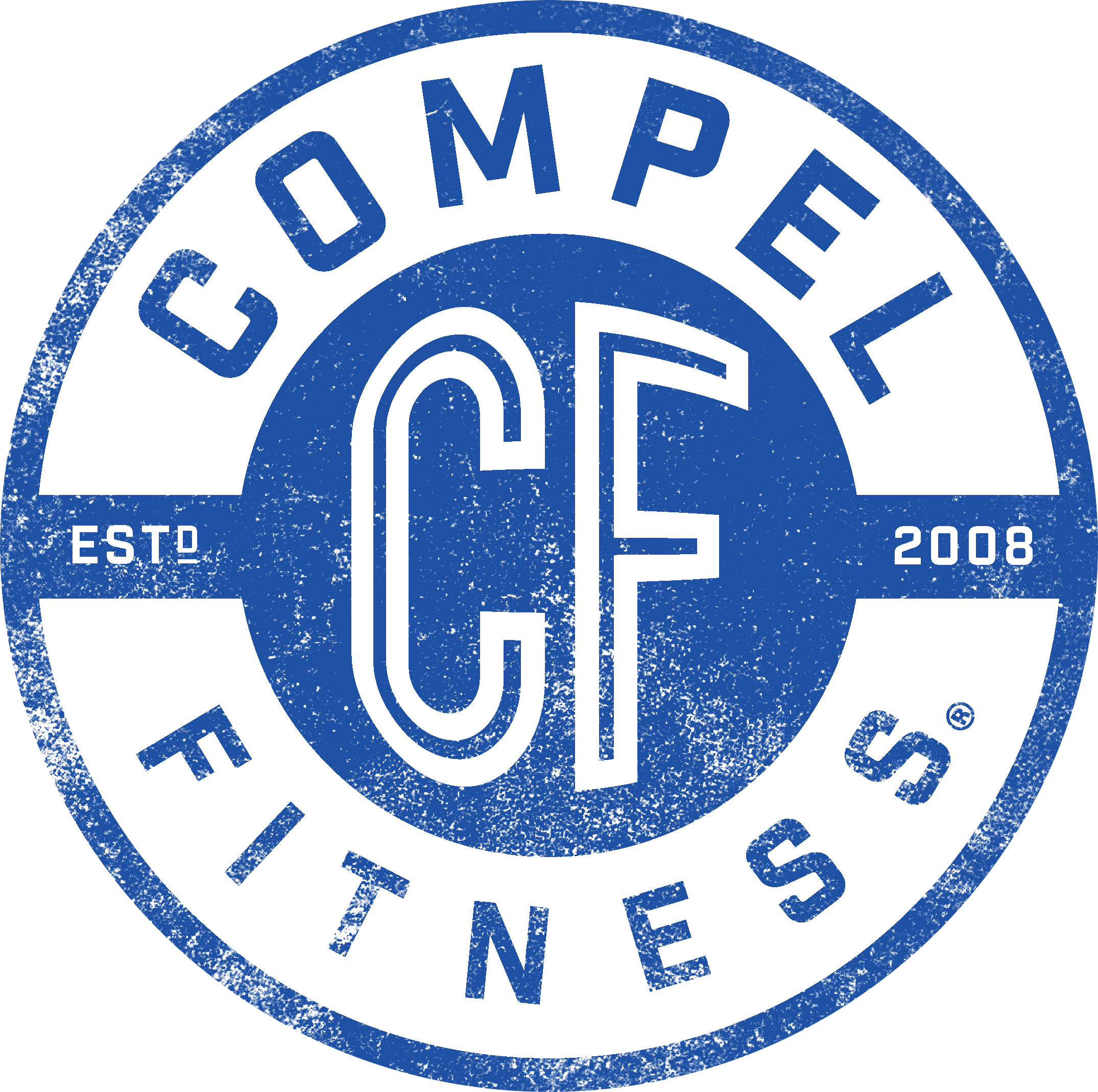Vitamin D
Summer is the time of year to soak in some rays and get a healthy dose of Vitamin D to store for the winter months ahead. But you're probably wondering how do we get Vitamin D safely, without risking a sunburn? What if we live in the city? And on top of that, why is it important and what's the big deal if we don't get enough?
The recommended amount of Vitamin D is a topic of debate in the medical world. While the Vitamin D council recommends adults take in 5,000 IU (international unit), the Institute of Medicine's Food and Nutrition Board recommend 600 IU a day for ages 1-70 and then the Endocrine Society advises 2,000 IU/day is enough. The studies are still out, but here's what we do know, the amount of people with a Vitamin D deficiency is reaching an all-time high and studies are linking deficiencies to an assortment of health issues and diseases.
Vitamin D plays an important role in bone growth and development by absorbing calcium and helping regulate the immune system and is more commonly known as the bone vitamin, but research has found Vitamin D acts as a hormone rather than a vitamin. The studies have found almost every tissue type in our body has receptors for Vitamin D and requires it for optimal performance. Among these tissues, receptors are abundant in your heart, pancreas and brain; hence, Vitamin D deficiency has been linked to problems including: heart disease, diabetes and depression. The late expert from Creighton University, Robert P. Heaney, MD has gone as far to say, "“Vitamin D probably affects every disease.”
So we know why it's important, but how do we get enough of it if experts can't even agree on the amount needed? Dr. Heaney studied Vitamin D, osteoporosis and physiology for over 50 years and the key to his recommended amounts was measurement. His studies started at 2000 IU per day and he then measured again 6 months later. If they still tested in the normal range, they would stick to that amount, but if they weren't, they would double it and continue measuring. Considering genetics, input and output, recommendations depend on the individual. If you haven't had a Vitamin D test, most doctors include them in annual physicals. Depending on the amount in your blood they might suggest over-the-counter supplements, or in severe cases, start you on a prescribed amount and continue regular measurements.
Here's how you can help with your intake. Getting outside and exposing your skin for ten minutes each day can raise your levels of Vitamin D. But if you're fair-skinned, live in the city, or don't get outside much, that's ten minutes too many. Outside of supplements, the best way is through your diet.
Based on the 600 IU recommendations here are some of the best Vitamin D rich foods:
A cup of mushrooms exposed to sunlight contain: Portobello 163% DV; Maitake 131% DV; Morel 23% DV; Chanterelle 19% DV; Oyster 4% DV and White 1%.
Three ounces of oily fish contains: Trout 108% DV; Smoked Salmon 97% DV; Swordfish 94% DV; Canned Trout 86% DV; Salmon 75% DV; Smoked White Fish 73%; Mackerel 65%; Halibut 33% DV; Tilapia 21% DV; Sole and Flounder 20%, Tuna Steak 12% DV.
Three ounces of tofu contains: Firm 23% DV; Lite Silken Tofu 21% DV; Sprouted Tofu, Extra Firm and Firm Tofu 14% DV.
Dairy Products per cup contains: Queso Fresco 22% DV; Buttermilk, Fortified Low Fat Fruit Yogurt, Fortified Whole Milk, Fortified Goat's Milk 20% DV; Fortified Semi-Skim Milk 20% DV; Fortified Skim Milk 19% DV.
Three ounces of pork contains; Extra Lean Ham 12% DV; Spare Ribs 15%; Turkey and Pork Sausage 12%; Pork Shoulder 9% DV, and Pork Loin 8% DV.
A cup of eggs contains: Hard Boiled 20% DV; Raw, scrambled, poached or omelets 7% DV; Duck egg 8%; Goose Egg 16% DV.
A cup of dairy alternatives contains: Plain Soy Yogurt 22% DV; Soymilk 20% DV, Almond Milk, Chocolate Almond Milk, Non-soy Imitation Milk or Rice Drink 17% DV.
Although the recommended amount of Vitamin D is under debate, the importance of it is not. If you're found to have a deficiency, take supplements and introduce Vitamin D foods into your diet and conduct your own study. You may find the results to be an easy fix to a variety of health issues you're experiencing.
Tom Daubert
ACSM CEP
Compel Fitness

